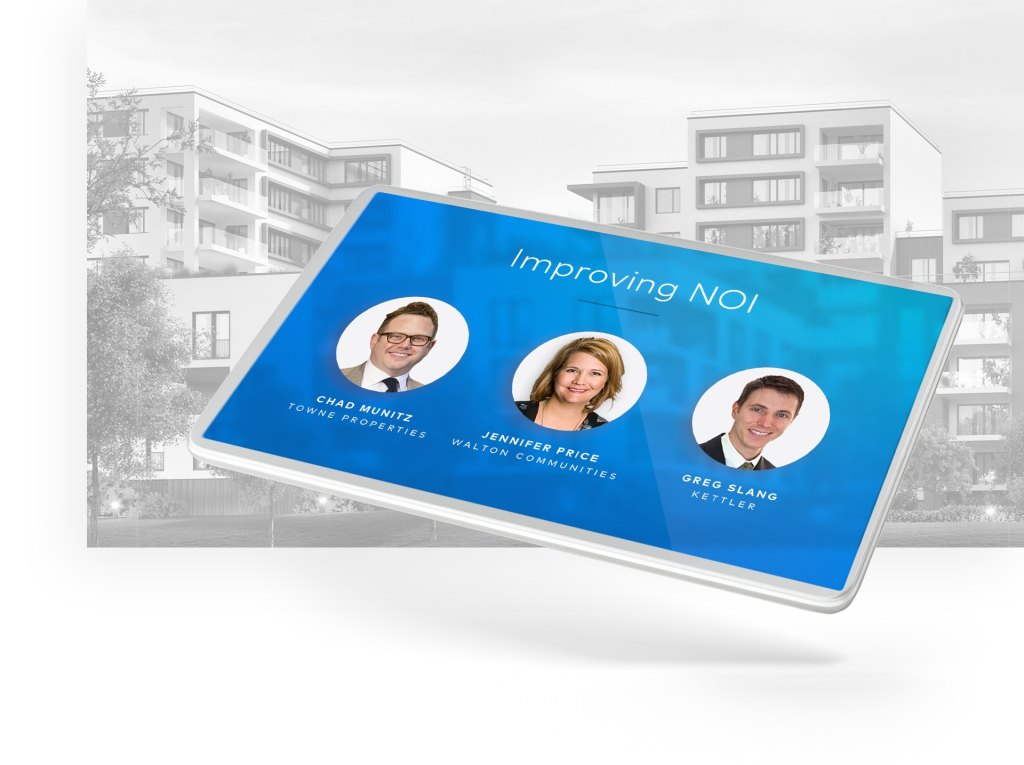Tech for the Win
Ops and Your Bottom Line
If you’re like many multifamily operators, the technology you thought would be “nice to have” became “must have” when COVID-19 hit. With those must-have contactless services and automated transactions in place, companies are now asking, “what’s next?” to move business forward. To answer that question, we talked to Chad Munitz, vice president of development at […]



